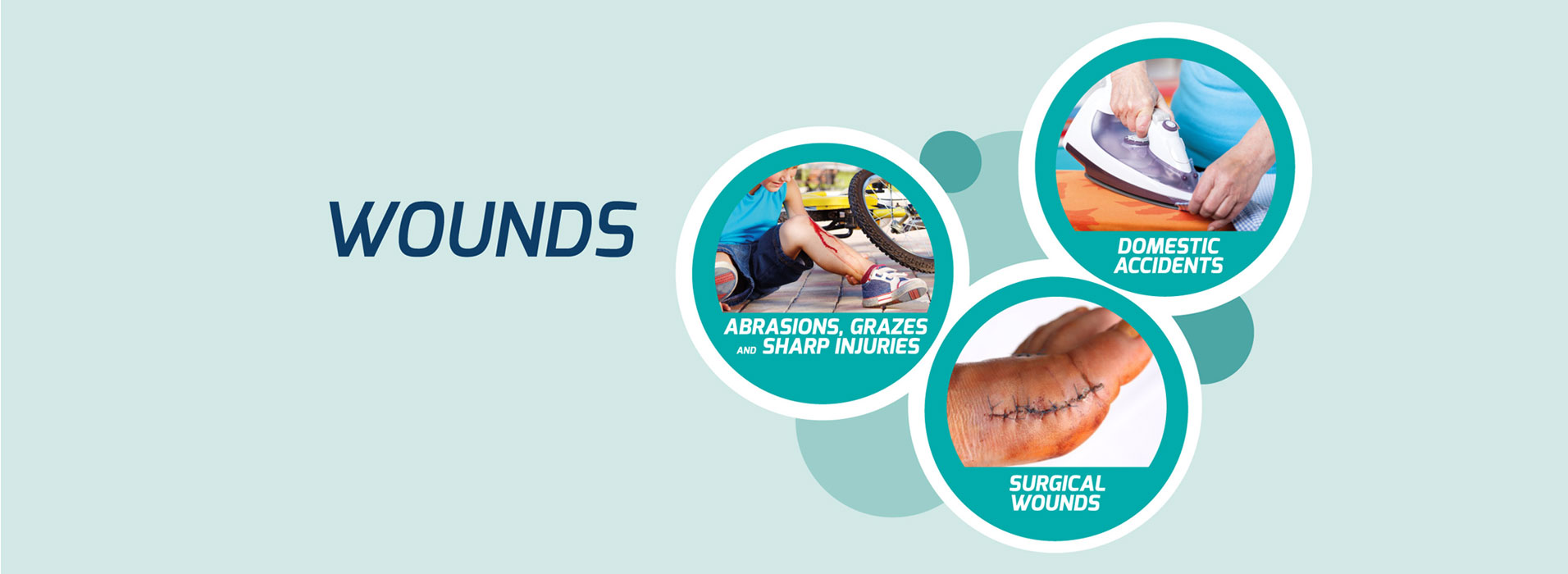
Skin is the largest organ of the body and is important because it is the main bridge of communication of our organism with the external world and also our main protection against external aggresions.
YOU CAN’T IMAGINE HOW MANY THINGS OUR SKIN DOES
Due to its many different functions, it needs a particular care in order to preserve its integrity and functionality.
What does your skin do for you?
- It protects your body from possible injuries
- It protects your body against several bacteria and chemical agents
- It helps limit fluid and water loss, by exerting a barrier function
- It helps prevent excessive absorption of water thanks to its impermeability
- It is involved in the regulation of the body temperature
- Inside our body, it is the main organ of the sense of touch and pain and of temperature and pressure measurement
- It protects against UV rays
The causes which frequently lead to the alteration in the barrier function of the skin is the exposure to environmental factors of different kind (Uv rays, temperatures, allergens, bacteria, pollution). But also several emotions are expressed throught skin, from blush due to shyness to psychosomatic diseases which appear through skin pathologies. Stress, pain or severe emotional states are often reflected in how the skin looks. Dermatitis and psoriasis are some examples.
Besides these cases, skin undergoes daily stress, such as domestic accidents (cuts, burns or abrasions) or ulcers, bedsores, which can compromise the integrity of the skin.

HOW DOES A WOUND HEAL?
Wound healing is a complex and dynamic process of replacing devitalized and missing cellular structures and tissue layers. The human adult wound healing process can be divided into 4 distinct phases. In the 4-phases concept, there are the
- hemostasis phase
- inflammatory phase
- proliferation phase
- Remodeling phase.
To favour the appropriate healing process of a wound and avoiding a slow healing, it is necessary to:
- clean properly the wound and the area around it
- create a humid microenvironnement
- favour the protection of the wound from external agents
- keep protected the perilesional area in order to avoid the laceration of the skin
- make a regular change of medication
- use solutions which favour and accelerate the cicatrization.
Do you know that…
Only a clean wound can heal!
Wound irrigation is the steady flow of a solution across an open wound surface to achieve wound hydration, to remove deeper debris and to assist with the visual examination. Compared to swabbing or bathing, wound irrigation is considered the most consistently effective method of wound cleansing.
Choosing an appropriate solution is a critical step in wound irrigation.
Solutions intended for topical use include topical cleansers, antibiotics, antifungals, antiseptics and anesthetics. Ideally, an irrigating solution should be isotonic, non-hemolytic, nontoxic, transparent, easy to sterilize and inexpensive.
Many antiseptics and antibiotics have been used, but the ideal additive is the subject of debate.
Cytotoxicity of the solution should certainly be considered. In particular, antiseptic solutions, such as povidone-iodine, chlorhexidine and hydrogen peroxide, may be toxic to tissues and may negatively influence acute wound healing.
Normal saline is isotonic and the most commonly used wound irrigation solution due to safety (lowest toxicity) and physiologic factors(1).
